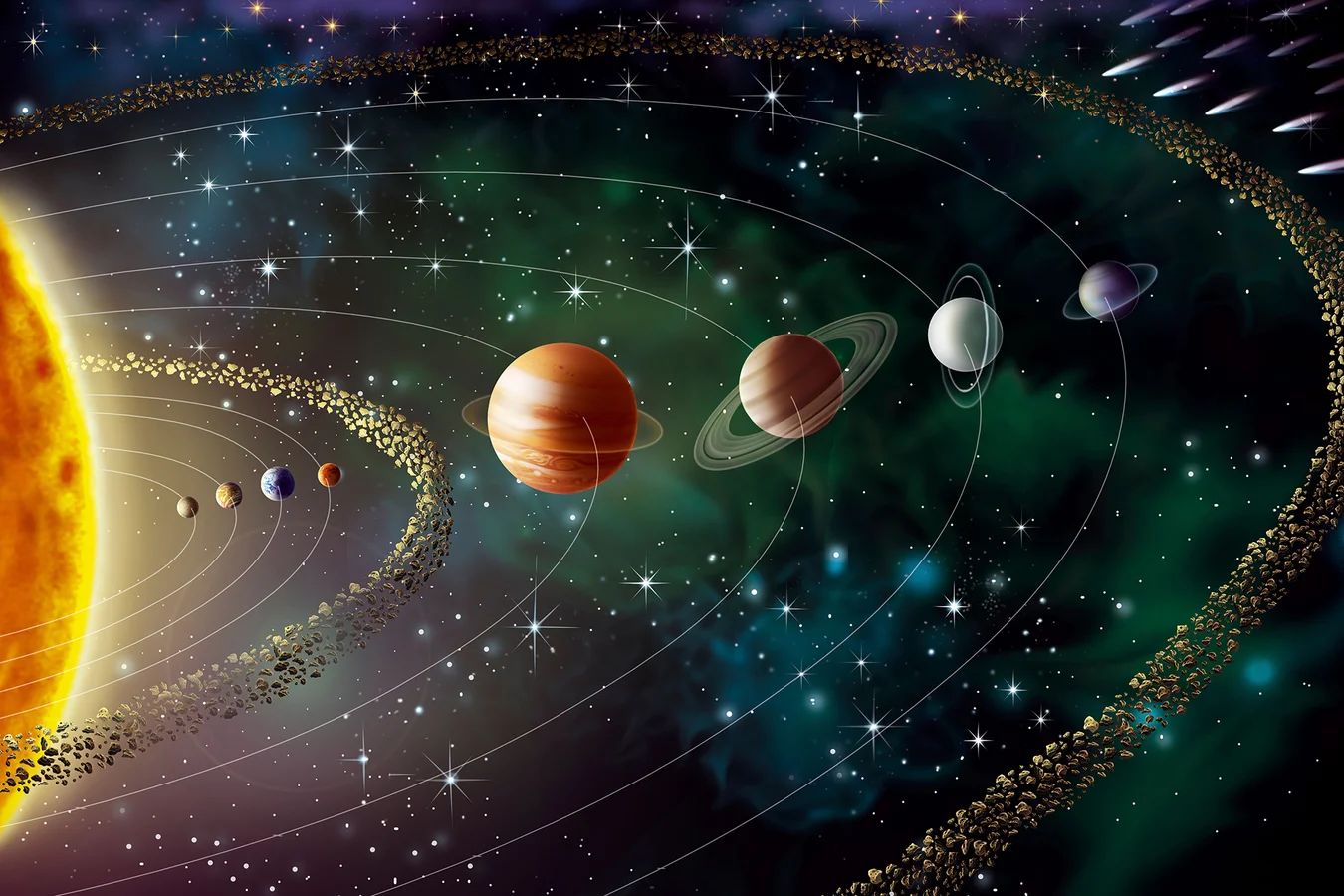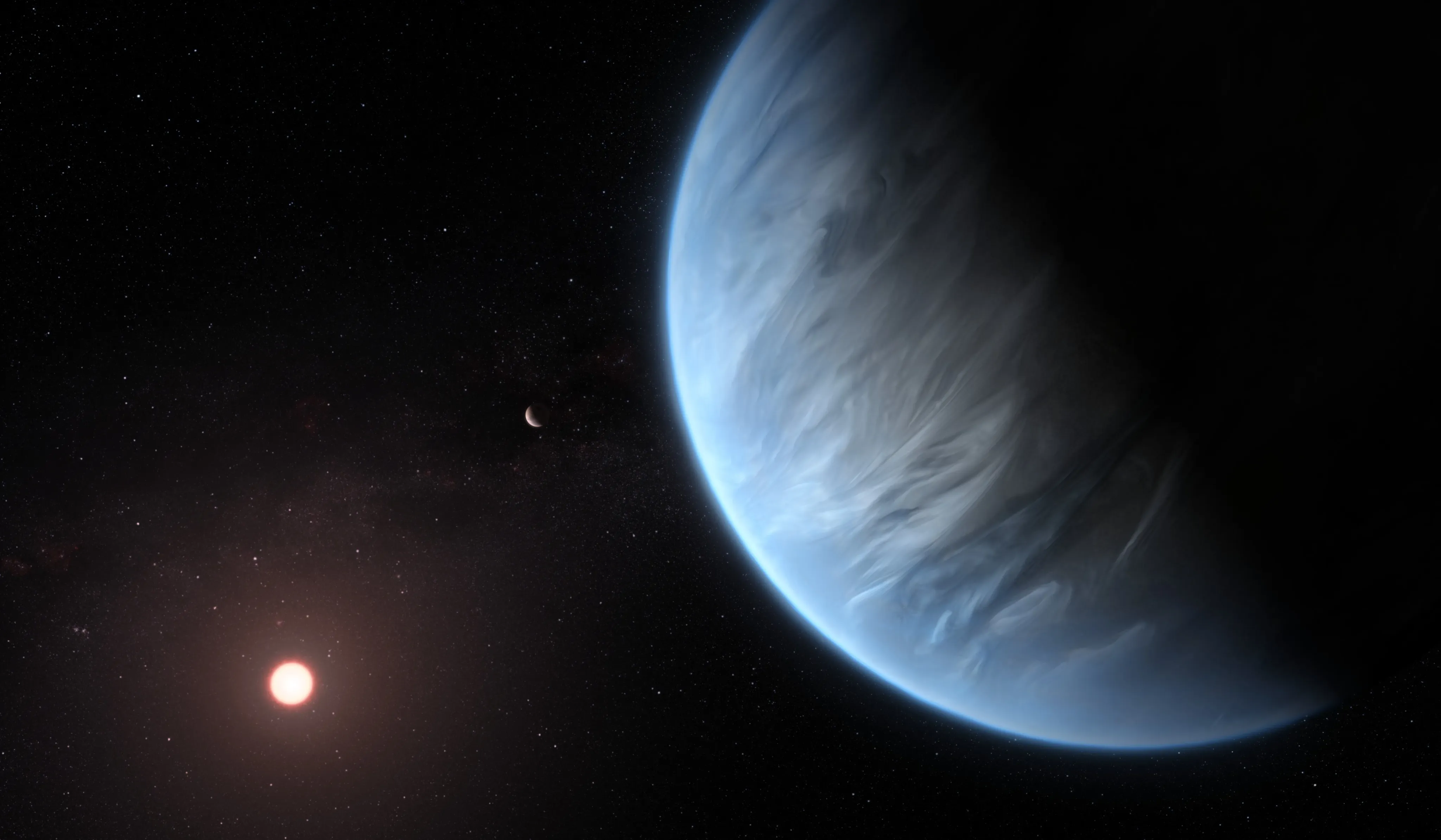Our Solar System

Our solar system consists of the Sun and everything bound to it by gravity, including eight planets, their moons, and countless smaller objects such as asteroids and comets. The four inner planets—Mercury, Venus, Earth, and Mars—are rocky and terrestrial, while the four outer planets—Jupiter, Saturn, Uranus, and Neptune—are gas giants, with Jupiter being the largest. The solar system also contains the Kuiper Belt, home to dwarf planets like Pluto, and the Oort Cloud, which is thought to be a source of long-period comets.
Exoplanets

Exoplanets, or extrasolar planets, are planets that orbit stars outside our solar system. They come in a variety of sizes, compositions, and orbital configurations. Some exoplanets, like Proxima Centauri b, reside in their star's habitable zone, where conditions may be right for liquid water to exist. Others, like gas giants such as HD 209458 b, have extreme weather conditions and may have no solid surface at all. NASA's Kepler and TESS missions have revolutionized our understanding of these distant worlds, discovering thousands of exoplanets and expanding the search for potential life beyond Earth.